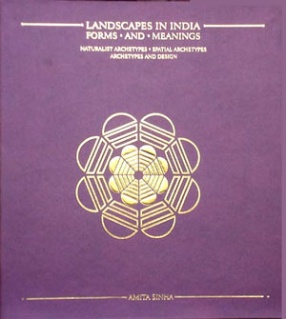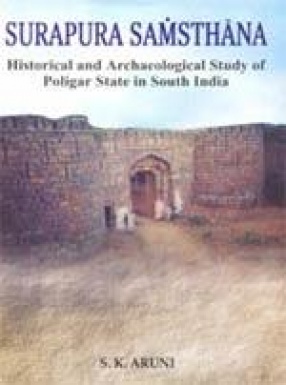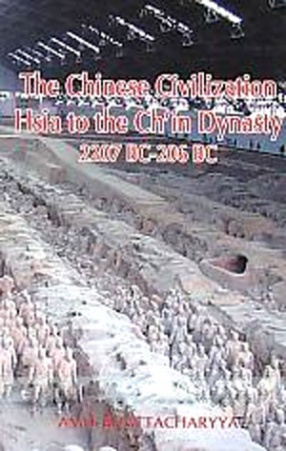Landscapes in India: Forms and Meanings: Naturalist Archetypes; Spatial Archetypes; Archetypes and Design
In stock
The study of howculture and landscape influence and shape each other is an emerging field of scholarly enquiry. The author defines landscape as open spaces and structures ranging in scale from a grove of trees to a region, from a single building to a whole city. The book explains the interface between nature, culture, and built landscape by introducing readers to significant sacred and secular landscapes in India and exposing the audience to a generalized approach for reading landscapes. The essays in the book introduce the reader to reading significant sacred and secular landscapes, which have exercised a great pull on the Indian imagination over centuries. Indic cultures exhibit a strong influence of sacred upon the ordinary realm of thought and behavior, and we see a parallel in the physical environment as well. In this book the author links new and old scholarship in disparate areas of art and architectural history and cultural geography to develop an approach to landscape studies that should be of interest to environmental designers and anyone curious about the past and future of Indian landscapes In the words of the author : “I seek to extend the scholarship on art and architectural history into landscape studies by examining the constellation of meanings projected into the natural archetype of the tree in Hindu and Buddhist narratives and its reification into the spatial archetype of the cosmic pillar. “I consider the river-mountain dyad as a natural archetype the presence of which in the landscape allows for myths to take root and flourish. Such is the case with several pilgrim centers Ayodhya, hitrakut, Braj, Kishkindha, and Pavagadh discussed in the book”.
Since there is already a wide corpus of writings on the architecture of the Hindu temple, I do not focus on the temple per se but explore the influence of spatial archetype mandala on vernacular landscapes of courtyard housing and human settlements. “I write this book in the hope that reading landscapes will allow a richer understanding of society and the culture that sustains it and will give a direction to those involved in designing landscapes of the future. Traditional forms have the virtue of being rooted in place and culture. Untangling their meanings affords the opportunity for creative adaptation of forms to contemporary needs. Traditional design principles offer an excellent example of how the artificial chasm between building and landscape design, largely a creation of modernity, can be bridged”.





There are no reviews yet.